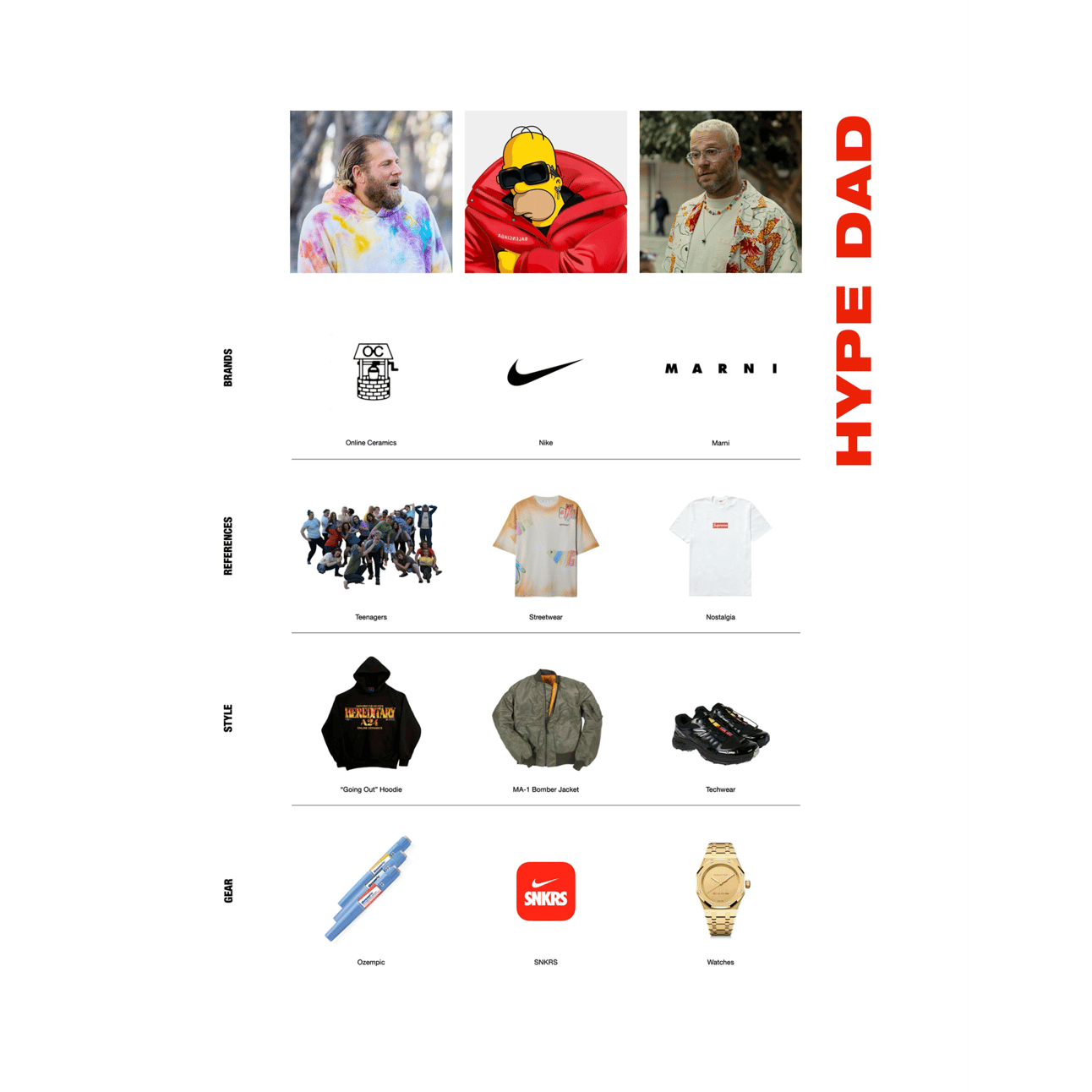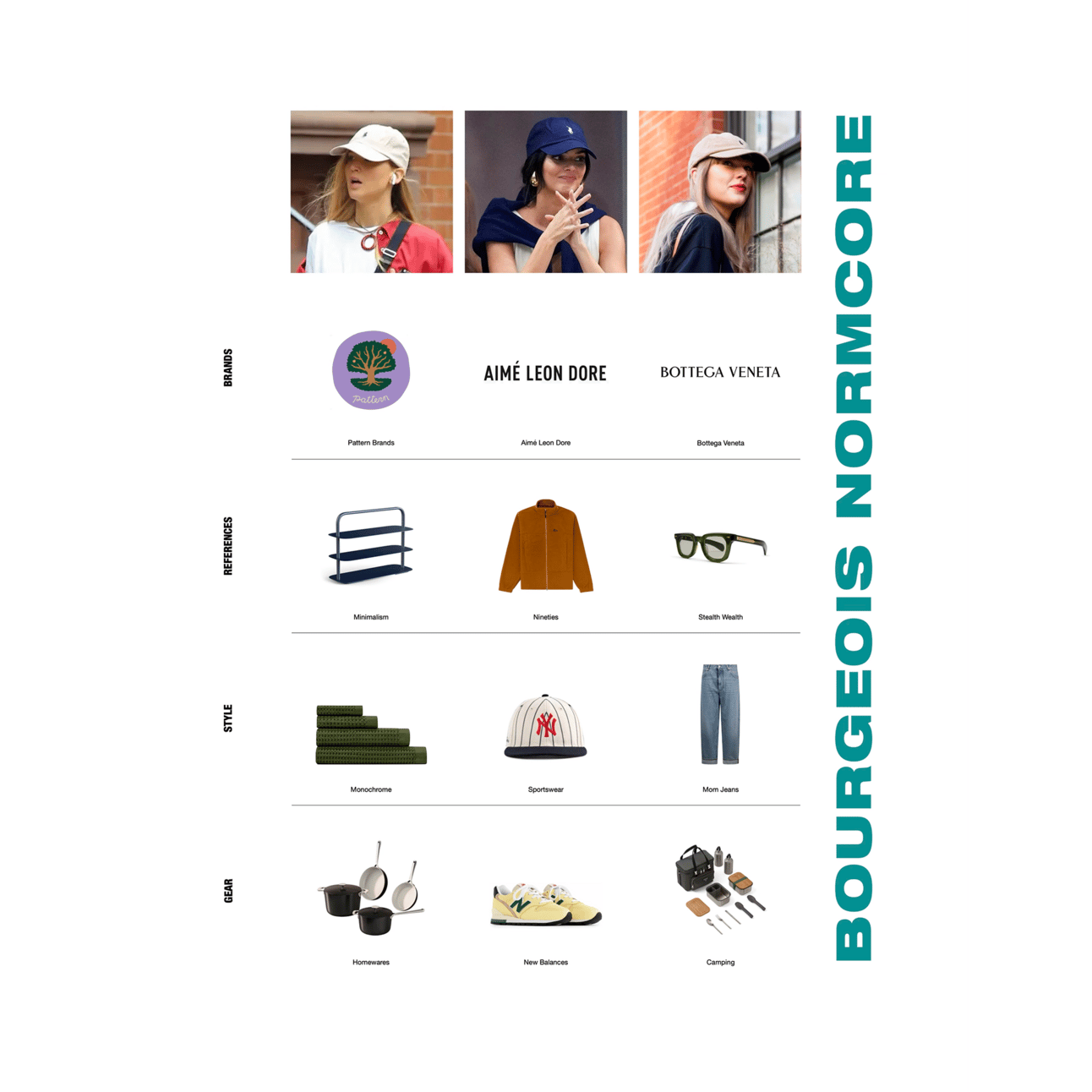- Magazine Dirt
- Posts
- Our Liveplayer future
Our Liveplayer future
A report from Sean Monahan.
Sean Monahan is the author of 8Ball, a newsletter on culture, trends, and tech. He previously co-founded K-HOLE.
Last month, Monahan released Part 1. of his report on LIVE PLAYERS. We’re publishing an excerpt from Part 2. The rest will be paywalled on 8Ball.


The generation of new tactics, strategies, coordination mechanisms, and so on entails the production of new, useful knowledge. Thus, a live player must have a living tradition of knowledge. For the tradition of knowledge to be living, it must have at least one theorist, among other things. An individual live player may fulfill multiple roles in themselves, including being one’s own theorist.
In the first part of this report, we noted the social stack is in flux. New hyper-agentic forces—at present, mostly human (brands, corporations, NGOs, internet personalities, cults, intelligence services), but increasingly post-human (memes, algorithms, LLMs, AI, drones, UFOs)—are overturning the status quo.
Not everyone knows what to make of change. Grill-pilled boomers aren’t interested in the future. They can barely grok the present. Movie-brained millennials just want a happy ending to…whatever is going on. Or for the apocalypse to hurry up and happen already. The suspense is killing them! For the children of the end of history (and their parents) it’s hard to get back in the historical flow. Wasn’t this stuff all figured out already?
In this report, we address the aesthetic trajectory of our current moment. Which trends are stuck in a doom loop of nostalgia? Which offer a path forward?
ZOMBIE TRENDS
What will the Twenties look like? Now, you may be saying—“But, it’s almost 2024! We already know!” But like Andy Warhol said, it takes a few years for the aesthetic of a new decade to cook. The early Nineties looked like the late Eighties—neon, spandex, and hairspray on the low end, yuppie sophistication on the high end. The early Eighties looked like the late Seventies—post-disco, post-punk. And the early Seventies looked like the late Sixties—shaggy-haired hippie shit. I could go on…
This happens because trends that began in the last decade don’t hit a brick wall whenever the ball drops on a year that ends in zero. Case in point: I recently introduced a French friend to Seinfeld. I chose a 1992 episode, “The Contest”—the one where Jerry, Elaine, George, and Kramer have a no-fap competition. Ten minutes into the show, he pressed me on the airdate: “Are you sure this show is from the Nineties? It looks very Eighties to me.” IMDb confirmed I was right.
If there are two trends which fight this description today—the early Twenty-Twenties mostly looking like the late Twenty-Tens—it’s hype dads and bourgeois normcore moms. Both aesthetics are at such a late stage of commodification, many would grimace at even describing them as such.
And yet Seth Rogen and Jonah Hill both paired grey hair with tie-dye fits on streaming shows this year (Apple’s Platonic and Netflix’s Those People, respectively). Balenciaga is showing yoga pants. Bottega Veneta is selling mom jeans for a thousand dollars. Each exploring the limits of post-inflationary, superluxe price points.
Last year, I got a number of interview requests concerning the “return of normcore.” But I’m not sold on the idea that it’s back. Are the trend’s early adopters looping back? Or never moving forward? Millennials are unironically adulting now. It's not a revival, just more of the same.
The style was never interesting in and of itself. Light wash denim, tennis shoes, and athleisure are more symptomatic of anti-style, if anything. It captivated the press because of who was wearing it: art kids, fashion kids, socialites, and the like. Dressing like an ur-suburbanite is edgy if you’re a 23-year-old club kid in New York. But wearing dad shoes as a dad? The irony has folded in on itself.
As we age, the meta of the social status games becomes money rather than style. When you’re young you express yourself with your clothes. When you’re old, you express yourself with your house. Thus, we see millennial taste migrating to affluent suburbia—the place trends go to die.
When you’re young you express yourself with your clothes. When you’re old, you express yourself with your house. Thus, we see millennial taste migrating to affluent suburbia—the place trends go to die.
Eccentric homeware products address this demand: a Carhartt WIP x Rocket espresso machine, Loewe tomato leaf scented soap, the Kith x Bugaboo stroller, a $250,000 custom Chrome Hearts door, for sale by its original Malibu owner. (Hat tip to Virgil Abloh, whose 2019 IKEA collab pre-figured all this.)
Like art in a white cube gallery, these oddities live comfortably amidst the plaster walls, blonde wood, and streamlined accent furniture of the bourgeois normcore interior. Following the high-low logic of street style, decorators offset the classic with the kitsch.
On the exterior of newly renovated suburban homes, a for-everyone-aesthetic is imposed by real estate flippers: pale stucco, black-framed windows, gunmetal grey roofs. Market optimized homewares that can be resold on StockX. Market optimized homes that can be rented on VRBO—in a pinch. Minimalism is an architectural expression of economic precarity.
Not much has changed as far as clothing goes for hype dads. The big brands here are obvious: Online Ceramics, Nike, and Supreme. The references are obvious too: teenagers, streetwear, nostalgia. We see a lot of “going out” hoodies (as a designer once told me he calls them), bomber jackets, and techwear. The hype dad loves his Apple Watch. He loves racing to buy the next drop on Nike’s SNKRS app. He’s probably on Ozempic, too. (If he can afford it, that is.) How else can he to fit into all his classic fits?
Like Bryan Johnson, the anti-aging influencer, hype dads want to stay young forever.
For those more concerned with being ageless than being youthful, the ambiguity of high-end basics holds a special appeal. Aimé Leon Dore is the high-end brand that provides expensive—but not ostentatious—looks for the sartorially cautious. They won big when Stealth Wealth became the watch word during the last season of Succession. Cream knits make everyone look rich, so long as you can keep them clean. Unlike its thrifty predecessor, bourgeois normcore desperately wants people to notice its subtle status signaling.
For millennials, the most economically anxious demographic of the moment, the implosion of formal status codes presents a problem. Putting on a suit is no longer perfunctory. If anything it’s transgressive. To freeze yourself in time, style and all, is the obvious choice. The ideal is to remain the same, but with more money. Youth and beauty are more important indicators than clothes could ever be. The rich have plastic surgery, trainers, GLP-1 agonists, and more. We have commodified the previously uncommodifiable.
Elites can buy immortality. So why haven’t you?
This is the contradiction of our era: we want an ever-changing dynamic culture, but we want to remain the same.

